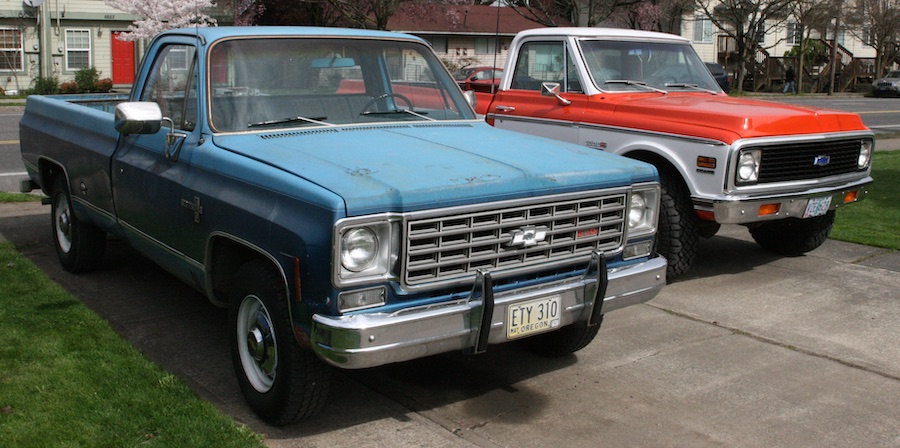
As a magazine that follows the market closely, you’ll find value as the centerpiece of pretty much everything ACC does. What is something worth? What should it sell for? Was it a good deal at a certain price? These are all important factors that every car person needs to consider, if just to understand how much insurance to buy on the car they’ve loved for decades.
Value can be a funny thing, because beyond all those objective factors is a subjective base. Something is valuable because it’s desirable, and it’s desirable — ultimately — because people like it. The more people who want it, the more money it will probably be worth in the market, at least generally speaking.
Experiences in old cars have driven values in our market for years. Boomers, for example, grew up with muscle cars. Flashy, bright cars were everywhere and were relatively inexpensive, so they became part of that generation’s daily life and formative experiences. Later on, nostalgia factored in, and boom, here’s our current market for American muscle — a market that has kept at least some interested young people at arm’s length due to inflated values.
Now we’re seeing the next generation bring up a new group of cars and trucks — the once-inexpensive cars that they had their formative experiences in, or wish they did.
So, then, what will happen to a generation’s — any generation’s — long-treasured (and high-priced) cars after their prime caretakers move on and leave them behind?
Well, we’ve got two possibilities: First, those cars take a value nosedive as demand drops off, or second, prices remain more stable because interest in the market for those models continues to tick along. Which one we get is really up to today’s owners.
How so? Simple. Value can’t just be about money. It wasn’t for you, and it can’t be for your kids, either.
Here’s a good example: My family owned an old Chevy truck for decades. It was a 1975 3/4-ton that my father rescued from a field and restored into a driver. I grew up in that thing. I remember not being able to see over the dash, and can still smell the ancient, sun-warmed vinyl. Weekends, projects and fun always seemed to start and end in that truck.
It’s long gone now, but I wish it wasn’t. It might be worth $1,000 on its best day, but I would pay more to have it back. The value in that thing, for me, was in the experiences we had in it.
I bring this up for one reason: if you’re concerned about the future of the car hobby, the time to act is now. Right now. Get that old car up and running and go hit the road with the young ones in your life. Go do fun things. Have adventures. Let them take the car and drive it on their terms.
There’s no better way to build value than that. The hobby — and the market — will follow.